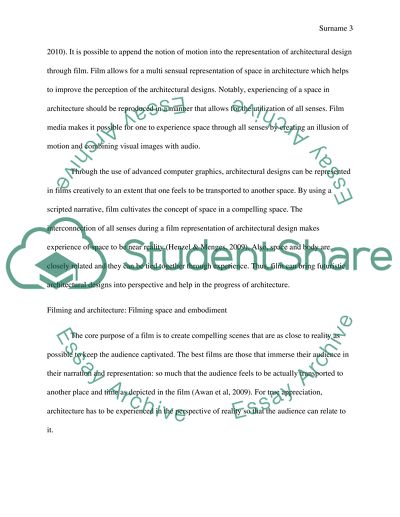Cite this document
(“How is technology helping our understanding of future architectural Essay”, n.d.)
How is technology helping our understanding of future architectural Essay. Retrieved from https://studentshare.org/architecture/1461820-how-is-technology-helping-our-understanding-of
How is technology helping our understanding of future architectural Essay. Retrieved from https://studentshare.org/architecture/1461820-how-is-technology-helping-our-understanding-of
(How Is Technology Helping Our Understanding of Future Architectural Essay)
How Is Technology Helping Our Understanding of Future Architectural Essay. https://studentshare.org/architecture/1461820-how-is-technology-helping-our-understanding-of.
How Is Technology Helping Our Understanding of Future Architectural Essay. https://studentshare.org/architecture/1461820-how-is-technology-helping-our-understanding-of.
“How Is Technology Helping Our Understanding of Future Architectural Essay”, n.d. https://studentshare.org/architecture/1461820-how-is-technology-helping-our-understanding-of.


